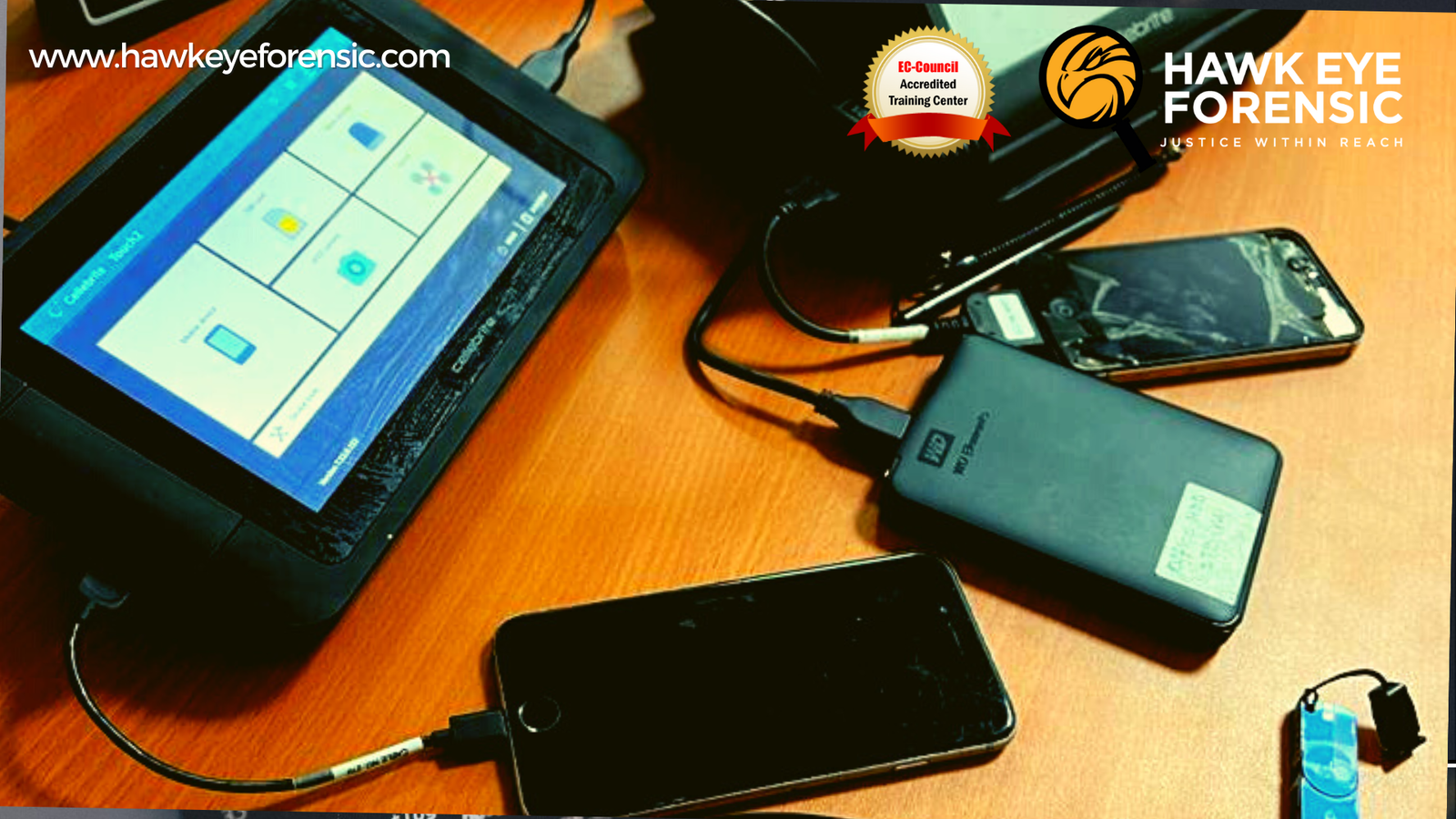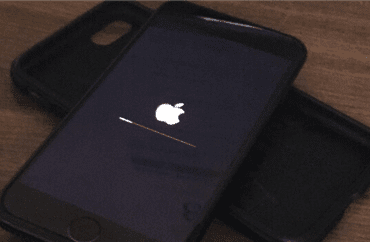The Role of Mobile Devices in Digital Forensics Investigations
What is digital forensics?
Digital forensics is the science of recovering, analyzing, and preserving digital data for use in investigations and legal proceedings. It covers devices like computers, servers, networks, and — increasingly — mobile devices.
Digital forensics ensures:
-
Data is collected legally and ethically
-
Evidence is preserved without alteration
-
Findings are documented for court admissibility
Among the various branches of digital forensics, mobile device forensics is now one of the most significant, thanks to the widespread use of smartphones and tablets in daily life.
Unveiling the Secrets: Types of Data Extracted
Modern mobile phones are treasure troves of data. With proper tools and expertise, forensic investigators can uncover:
-
Call Logs: Who called, when, and for how long
-
Text Messages & Emails: Deleted and active communications
-
App Data: WhatsApp, Telegram, Signal, Instagram, etc.
-
Multimedia Files: Photos, videos, voice notes, and recordings
-
Browser History: URLs visited, cookies, downloads
-
Location Data: GPS coordinates, geotags in photos
-
Deleted Files: Recoverable using advanced forensic tools
-
Cloud Storage Access: Synced files from services like Google Drive and iCloud
-
Contact Lists and Notes
-
SIM Card and SD Card Data
At Hawk Eye Forensic, our experts ensure that all data is retrieved in a forensically sound manner so it can hold up in court.
The Forensic Process: From Seizure to Reporting
Conducting a mobile device investigation involves a step-by-step methodology that ensures both integrity and legality of the evidence.
1. Seizure and Preservation
-
Devices are secured, powered down, and isolated from networks (to avoid remote wiping).
-
Faraday bags may be used for protection from wireless signals.
2. Identification and Documentation
-
Device make, model, serial number, and SIM card details are recorded.
-
Photographs of the device and its current state are taken.
3. Data Acquisition
-
Logical, file system, or physical extraction methods are applied depending on access level and device condition.
-
For encrypted or locked phones, specialized unlocking tools or court permissions may be required.
4. Analysis
-
Forensic experts sift through the data to identify relevant artifacts — messages, timestamps, IP addresses, images, and hidden files.
-
Timeline reconstruction is done for critical events.
5. Report Writing
-
Findings are documented in an easy-to-understand yet legally valid report format.
-
Screenshots, metadata, and expert opinions are included.
-
Reports are prepared for presentation in courts or internal investigations.
The Tools of the Trade: Leading Forensic Tools
Mobile forensics requires specialized software and hardware tools to retrieve and analyze data effectively. At Hawk Eye Forensic, we utilize industry-standard tools like:
-
Cellebrite UFED: Powerful for data extraction, including deleted files and encrypted apps.
-
Magnet AXIOM: Integrates mobile, cloud, and computer data into one dashboard.
-
Oxygen Forensic Suite: Great for app analysis and device profiling.
-
MSAB XRY: Effective for both logical and physical extractions.
-
Autopsy & FTK Imager: Open-source and commercial tools for comprehensive investigations.
These tools allow forensic professionals to handle everything from simple Android extraction to complex iOS encrypted backups.
Overcoming Challenges in Mobile Forensics
Despite advanced tools, mobile forensics faces significant challenges:
-
Encryption: Devices are increasingly secured with full-disk encryption.
-
Locked Devices: Without cooperation from the user, bypassing device locks can be legally and technically difficult.
-
Cloud Syncing: Some crucial data resides in the cloud, requiring additional legal approvals.
-
Fast-changing Technology: Rapid OS updates and new app security features demand constant learning and tool updates.
-
Data Volume: Phones may contain hundreds of GBs of data, making manual review difficult.
Our team at Hawk Eye Forensic is trained to stay ahead of these challenges with regular certifications and real-world case experience.
Benefits of Mobile Device Forensics
Using mobile device forensics offers a multitude of benefits for investigations:
-
Uncover Hidden Truths: Retrieve deleted or hidden files that may be critical to the case.
-
Track Movements and Communications: GPS and chat apps reveal timelines and intent.
-
Corroborate Other Evidence: Align phone data with CCTV, computer forensics, or witness statements.
-
Digital Alibis: Phone activity can confirm or refute someone’s presence or actions.
-
Legal Validity: Properly conducted mobile forensics ensures evidence is court-admissible.
Whether for criminal investigations, corporate disputes, or personal cases, mobile forensic reports are indispensable pieces of the puzzle.
Why is Mobile Device Forensics Important to Organizations?
Mobile forensics is not just for law enforcement — corporates, legal firms, HR teams, and insurance companies rely on it for:
-
Internal Investigations: Identify internal threats, leaks, or misconduct.
-
Litigation Support: Extract relevant digital evidence for civil or criminal lawsuits.
-
Fraud Detection: Uncover transaction history, location evidence, or false claims.
-
Employee Misuse: Detect unauthorized sharing, harassment, or policy breaches.
-
Data Leak Prevention: Determine if sensitive company information was shared externally.
At Hawk Eye Forensic, we handle corporate investigations with complete confidentiality and legal compliance.
Real-Life Case Study
Case: Corporate Espionage in a Delhi-Based Tech Firm
Background: A leading software company in Delhi suspected one of its employees of sharing confidential project data with a rival.
Action Taken:
-
The suspect’s mobile phone was seized with consent.
-
Our team at Hawk Eye Forensic used Cellebrite UFED for data extraction.
-
WhatsApp messages and email drafts revealed communication with the rival company.
-
Deleted files from a secure file-sharing app were recovered, showing shared code snippets.
-
Location history matched meetings at competitor’s office.
Outcome: The digital evidence led to internal disciplinary action and was later submitted as part of a civil lawsuit. The rival company also faced legal scrutiny.
This case highlights how mobile forensics can provide critical breakthroughs in corporate security and litigation.
Conclusion
Mobile devices are no longer just tools of communication — they are digital fingerprints that can uncover the truth behind crimes, fraud, disputes, and misconduct. With professional expertise and state-of-the-art tools, mobile forensics can recover, interpret, and present evidence that changes the course of justice.
As a trusted forensic partner in Delhi, Hawk Eye Forensic provides certified mobile forensics services for legal professionals, corporates, and individuals. If you suspect digital evidence is hiding on a phone, don’t delay — let our experts help you retrieve it legally and reliably.
📍 Address: C- 38, Second Floor, Sector 65, Noida, Uttar Pradesh 201301
📞 Phone: 7838589466
📧 Email: info@hawkeyeforensic.com
🌐 Website: Hawkeyeforensic.com
- ❓ Frequently Asked Questions (FAQ)
1. What is mobile forensics?
Mobile forensics is the science of retrieving and analyzing data from smartphones and tablets for investigative or legal purposes.
2. Can deleted messages be recovered?
Yes, using tools like Cellebrite or Oxygen, forensic experts can often retrieve deleted messages, images, and app data.
3. Is mobile forensics legal in India?
Yes, when conducted with proper permissions (e.g., legal notice, consent, or court order), mobile forensics is legal and admissible in court.
4. Which phones can be analyzed?
Android and iOS devices are commonly analyzed. Most modern smartphones can be forensically examined depending on OS version and security level.





Post comments (0)